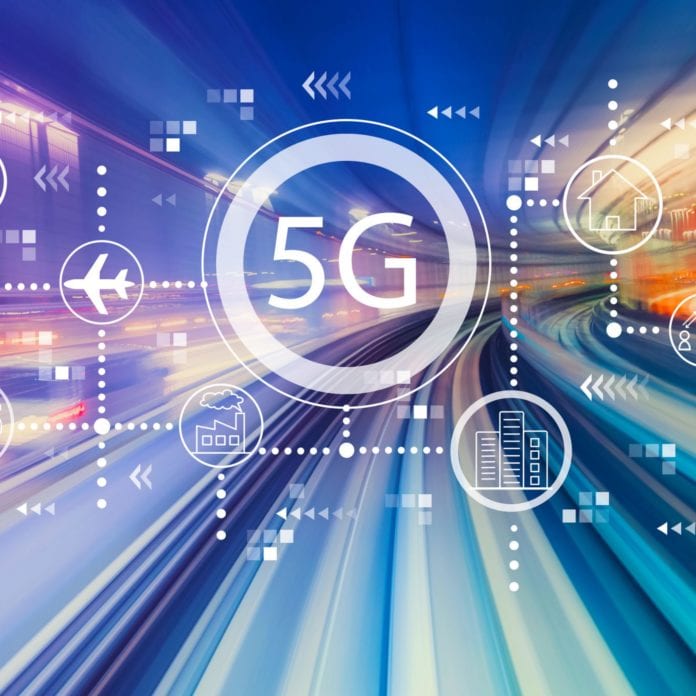Mobile network operators are investing heavily in next-generation 5G architecture. This new, more modern infrastructure puts enormous pressure on businesses to generate additional revenue. Even with subscriber taxes that offset the cost of high-speed 5G data, service providers must contend with perpetually decreasing profits.
But these industry leaders need to continue making money while implementing new workflows that take advantage of 5G’s promise. This technology’s lower latency and dramatic increase in bandwidth provide significant advantages, as does its ability to support millions of devices.
Many countries are urging businesses to embrace services that leverage 5G, which now include:
Enhanced mobile broadband (eMBB)
- Improved indoor and outdoor wireless coverage
- Fixed deployments
- Enterprise teamwork and collaboration
- Augmented and virtual reality
Massive internet of things (MIoT)
- Asset tracking
- Smart agriculture
- Smart cities
- Energy and utility monitoring
- Physical infrastructure monitoring
Mission Critical Services (MCS)
- Drones
- Industrial automation
- Telehealth
- Smart grid
- Autonomous vehicles
These features all have clear benefits, but operators also face significant challenges because improved connectivity alone will not generate the revenue needed to justify investments. Market leaders need to drive new business models and partnerships with enterprises and governments.
That will allow them to offer tailored high-value services like dedicated network slicing, private 5G campus networks, and other hybrid setups. Many providers are not used to delivering these advanced architectures, so it is vital for them to understand enterprise applications and traffic patterns.
Operators traditionally focused on ensuring their networks offered a more consistent customer experience. As a result, they monitored control planes while tracking call quality. But for new 5G services, the user plane is the focus, which means service providers must increase monitoring, security, and visibility to meet customers’ expectations.
Merely keeping track of throughput is no longer enough. Enterprises expect technology that caters to their functional needs, with service-level agreements in many cases. To accomplish this, operators must ensure:
- End-to-end visibility into all services within a highly flexible and dynamic environment. Providers need to have a complete picture of service health, from Internet of Things (IoT) sensors that transmit data just once a day or week to surveillance cameras that produce endless data streams. The considerable variation in devices, traffic patterns, and applications drives a need for broader monitoring and new analytics capabilities, including machine learning and artificial intelligence (AI).
- Robust reporting that ensures providers are delivering exceptional service to enterprise customers. These updates must reflect stable connectivity and the user plane’s quality and security parameters.
- Proactive management, allowing mobile operators to identify and react to service degradation early without adversely impacting revenue.
To take advantage of these new 5G tools successfully, service providers need to protect them. Increased bandwidth, decentralized architectures, and uncontrolled new devices all broaden the landscape of possible threats. While older generations of mobile technology only protected the network at its perimeter, operators should now extend their security capabilities to defend against threats coming from within their systems. The risks that providers must understand and prevent include:
- Attacks against critical public infrastructure like smart cities or smart grids, with hacks mitigated as close to the source as possible, either inside or outside the network.
- Misuse of data: new services collect information from all kinds of environments and sensors, so operators need to invest in surveillance infrastructure and prevent unauthorized access.
- Protection of personal information: outside of enterprises or governments, consumer services holding private data (such as mobile health care applications) also need proper guardrails.
- Nation-state or industrial espionage attacks against private 5G infrastructure, along with protections against supply chain disruption and intellectual property theft.
- Compromise of autonomous devices like drones, which can have serious consequences in the real world.
- Takeovers from IoT devices or botnets that orchestrate attacks on network services.
Mobile network operators are an essential part of the digital transformation impacting daily life. While 5G offers many opportunities for these providers, it also presents a new set of challenges to overcome. Those who want to capitalize on this technology’s promising new revenue streams must put service assurance at the forefront while taking proper precautions.

